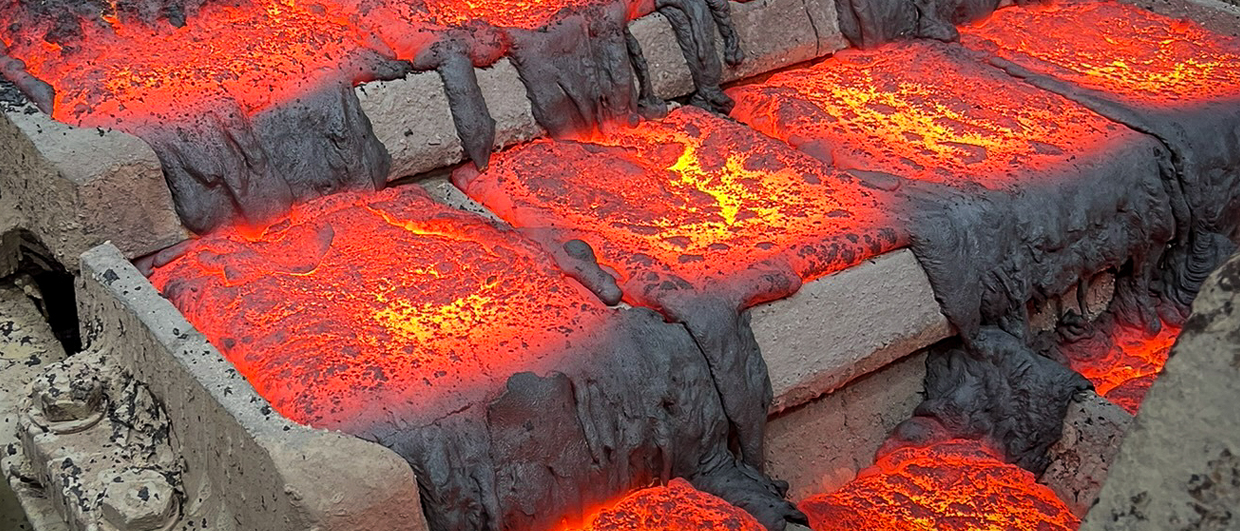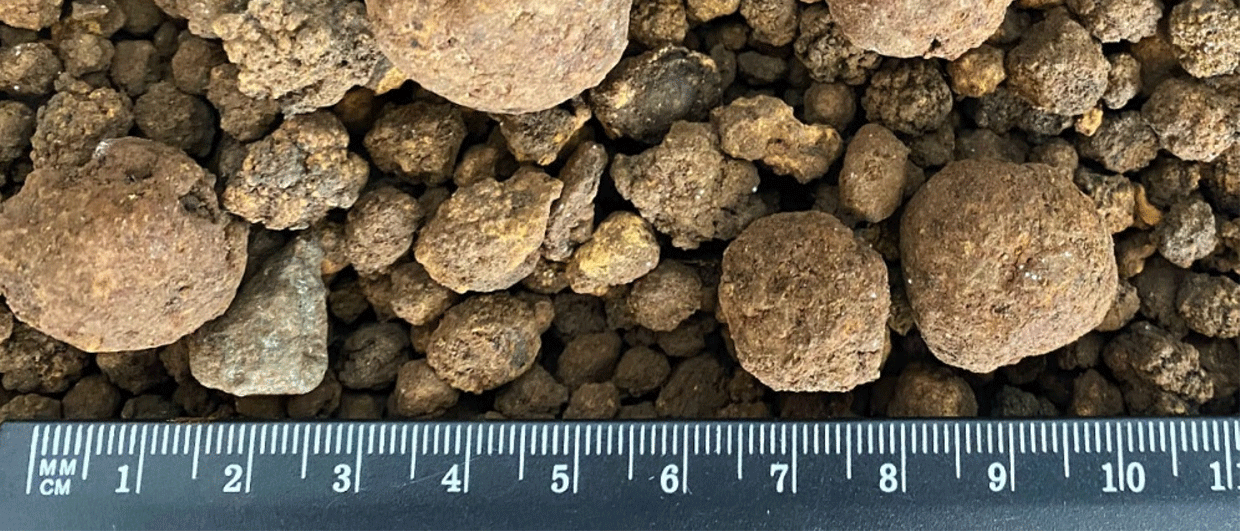The International Seabed Authority (ISA) has recently recommended that The Metals Company (TMC) subsidiary Nauru Ocean Resources Inc. (NORI), proceeds with independently monitored pilot collection system trials in the Clarion Clipperton Zone (CCZ) between Hawaii and Mexico.
With this green light, the team of engineers at Allseas, a Swiss-based offshore contractor specialising in – amongst other things – polymetallic nodule collection, will test a system consisting of a prototype nodule collector at the seafloor and a riser system to bring nodules to the surface production vessel. TMC and Allseas have previously completed successful trials of the nodule collector vehicle in deep water in the Atlantic Ocean.
The trials will be monitored by independent scientists from a dozen leading research institutions around the world who will analyse the environmental impacts of both the pilot nodule collector vehicle and the nodule riser system.
The Metals Company will give 3 presentations at Deep Sea Minerals 2022 in Bergen, October 25-27.
Approximately 3,600 tonnes of polymetallic nodules are expected to be collected during the trial beginning in September with an expected conclusion in the fourth quarter of 2022.
“The trials are itaking place on the NORI-D exploration area in the CCZ which is 8,505 kilometers from the island of Nauru. For context, this is a far greater distance than that between the east and west coasts of the United States . The fact that nodules lie unattached on the seafloor far from human communities is one of their key advantages as a source of metals over terrestrial alternatives,” Roy Usher, PR & Media Manager of The Metals Company comments.

The samples and many terabytes of existing baseline data collected by NORI throughout 16 offshore campaigns will form the basis of NORI’s application to the International Seabed Authority for an exploitation contract.

Nauru
Natural resources may again bring wealth to a small and isolated nation. Situated only 42 kilometres south of the equator with Papua New Guinea to its southwest, the Republic of Nauru is a microstate in Oceania. With an area of only 21 km2, Nauru is the third-smallest country in the world. Its population of about 10,000 is the world’s second smallest. Nauru gained its independence in 1968. A coral reef surrounds the entire island which is dotted with pinnacles. Nauru is a phosphate-rock island with rich deposits near the surface. This is why strip mining took place for over a century.
However, such practice leaves the earth largely barren, infertile, and unable to sustain plant life. Currently, about 90% of the island is covered in jagged and exposed heaps of petrified coral, which is unsuitable for both building and agriculture. Additionally, runoff from mining sites has left the water in and around Nauru severely contaminated (worldatlas.com). The Nauruan economy peaked in the mid-1970s when its GDP was estimated to have the world’s highest per capita income rates. A trust established to manage the island’s accumulated mining wealth, set up for the day the reserves would be exhausted, has diminished in value through mismanagement (worldatlas.com). If The Metals Company is successful, a new and exciting chapter in the history of Nauru is to start.




